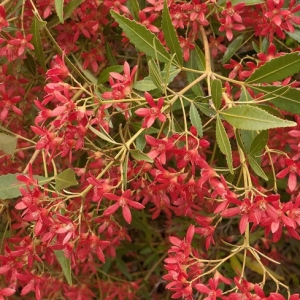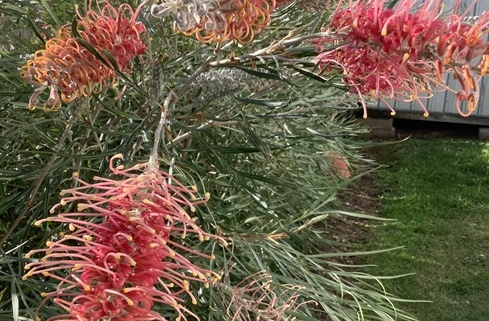The Colours of Christmas
Red, green and white are among the most popular colours associated with Christmas. This iconic combination is believed to originate from the English Holly (Ilex aquifolium) with its evergreen leaves and bright red berries. Amidst the European snow, holly symbolised hope during the depths of winter and was integral to ancient winter solstice celebrations, long before the advent of Christmas.
In Australia, however, holly berries ripen between May and August, making it … Read more »










